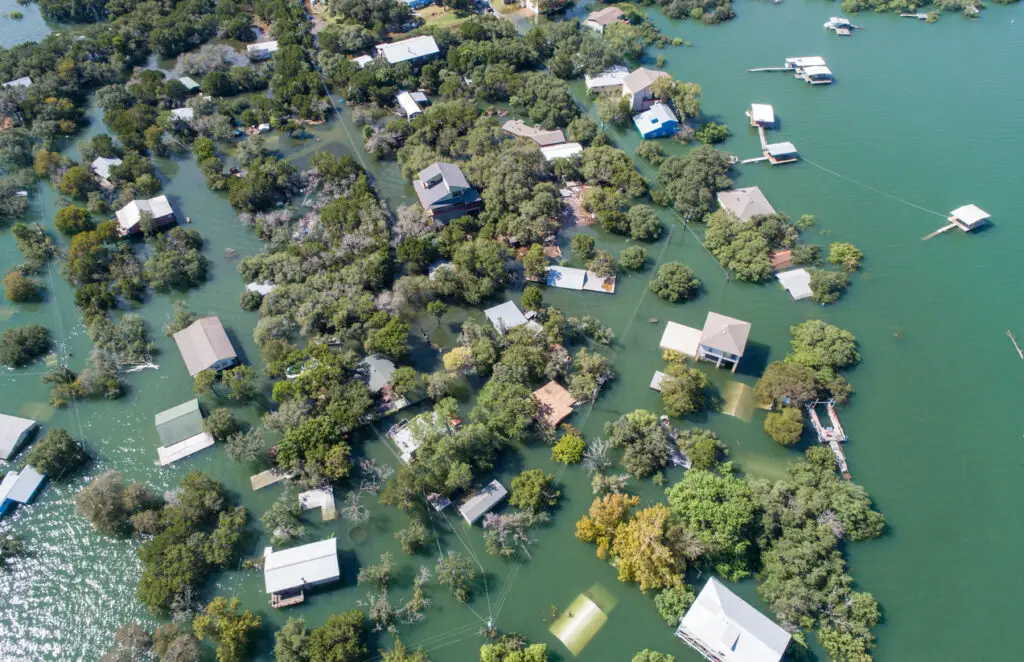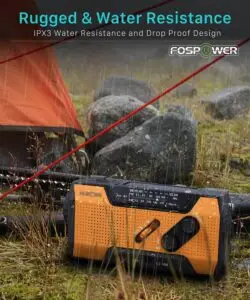Home » Coastal Flooding
Coastal Flooding

A Comprehensive Survival Guide to Nature’s Water Surge
Understanding Coastal Flooding
As a survival expert who has dealt with numerous flood scenarios across different coastal regions, I’ve observed how multiple environmental factors can create catastrophic flooding events. Let me break down these components in detail.
Primary Causes – Detailed Analysis
1. Storm Surges
– Hurricane-Force Impact: During Hurricane Sandy (2012), storm surge reached 14 feet in some areas, demonstrating how tropical systems can push massive volumes of water inland
– Pressure Effect: Every 1-inch drop in barometric pressure can raise water levels by 13 inches
– Wave Amplification: Storm waves can add 3-5 feet above surge levels
– Combined Effect Example: During a typical Category 3 hurricane, the combination of low pressure and wind can create surges exceeding 15 feet
2. Heavy Rainfall Dynamics
– Ground Saturation: Soil typically becomes fully saturated after 6-8 inches of rainfall within 24 hours
– Urban Impact: Concrete surfaces in coastal cities can cause immediate runoff, multiplying flood effects
– River-Coastal Interaction: When heavy rain coincides with high tides, river waters can’t drain properly, creating “compound flooding”
– Real-World Example: During Hurricane Harvey (2017), some areas received over 60 inches of rain, demonstrating how rainfall alone can overwhelm any drainage system
3. Tidal Influences – Detailed Breakdown
– Spring Tide Impact: These occur during new and full moons, raising water levels by up to 2 feet above normal high tides
– King Tide Effects: These extreme high tides occur when the moon is closest to Earth, potentially raising water levels 3-4 feet above normal
– Seasonal Variations: Winter storms combined with spring tides can create particularly dangerous conditions
Enhanced Survival Equipment Guide
Advanced Communication Equipment Analysis
1. Multi-Powered Emergency Radio – Detailed Specifications
Top Recommended Models:
a) Midland ER310 Emergency Crank Weather Radio
– Power Options: Solar panel (6-8 hours full charge), Hand crank (10 minutes cranking = 1 hour use), 6 AA batteries (up to 32 hours)
– Weather Alert Features: Automatic NOAA alerts, 7 weather channels
– Additional Features:
* 2600 mAh rechargeable battery
* USB smartphone charging
* SOS emergency beacon
* Ultrasonic dog whistle for rescue
* IPX4 water resistance rating
b) FosPower Emergency Radio
– Triple Power Sources: Solar, hand crank, 2000mAh battery
– Coverage: AM/FM/NOAA bands
– Additional Features:
* 4 LED reading lamp
* Flash light
* SOS alarm beacon
* IPX3 water resistance

2. Professional-Grade Weather Monitoring Equipment
– Handheld Anemometer: For wind speed measurement
– Barometer: Track pressure changes
– Portable Lightning Detector: Early storm warning
Enhanced Emergency Kit Components
1. Advanced Water Supply Management
– Storage Containers:
* Heavy-duty water bricks (3.5 gallon capacity each)
* Collapsible water containers (5 gallon)
* Water BOBs for bathtub storage (100 gallon)
– Filtration Systems:
* Gravity-fed filters (LifeStraw Family 1.0)
* Portable pump filters (MSR Guardian)
* Chemical treatment (Aquatabs – 1 tablet per liter)
2. Specialized Food Storage Solutions
– 72-Hour Supply Minimum:
* Mountain House freeze-dried meals (25-year shelf life)
* Emergency food bars (5-year shelf life)
* MREs (Meals Ready to Eat)
– Storage Considerations:
* Vacuum-sealed packaging
* Waterproof containers
* Rotation schedule system
3. Advanced Safety Equipment
– Professional-Grade Life Jackets:
* Type II PFDs for inland water
* Inflatable belt packs
* Rescue throw bags
– Signaling Devices:
* LED strobe lights
* Emergency whistles (120dB)
* Signal mirrors
* Waterproof VHF radio
Enhanced Emergency Response Protocols
Advanced Pre-Flood Preparation
1. Comprehensive Monitoring System
– Digital Resources:
* NOAA Weather Radio
* Local Emergency Management Apps
* Tide Tracking Applications
* Storm Surge Prediction Models
– Physical Monitoring:
* Maintain rain gauge
* Monitor local water levels
* Track barometric pressure changes
2. Detailed Home Preparation Checklist
– External Protection:
* Install hurricane straps
* Seal basement walls
* Elevate HVAC systems
* Install backflow valves
– Internal Preparation:
* Create water barriers
* Establish safe rooms
* Prepare emergency power systems
3. Family Emergency Planning
– Documentation:
* Detailed evacuation routes (primary and secondary)
* Emergency contact cards for each family member
* Medical information packets
* Pet evacuation plans
– Practice Drills:
* Monthly evacuation rehearsals
* Communication system checks
* Equipment familiarization training
Critical During-Flood Actions
1. Immediate Response Protocols
– Water Level Monitoring:
* Mark water level progression
* Monitor rate of rise
* Identify safe exit points
– Communication Maintenance:
* Hourly check-ins with family
* Regular updates to emergency services
* Monitor emergency broadcasts
2. Home Defense Strategies
– Power Management:
* Staged shutdown procedures
* Generator operation protocols
* Battery conservation methods
– Water Management:
* Pumping procedures
* Sandbag placement
* Barrier maintenance
Post-Flood Recovery Enhancement
1. Comprehensive Safety Assessment
– Structural Evaluation:
* Foundation inspection
* Wall integrity checks
* Roof system assessment
– Environmental Hazards:
* Water contamination testing
* Mold inspection protocols
* Chemical exposure assessment
2. Documentation and Recovery
– Insurance Processing:
* Detailed photo documentation
* Video evidence collection
* Damage assessment reports
– Professional Assistance:
* Licensed contractor evaluation
* Environmental testing
* Engineering assessment
Long-term Resilience Planning
1. Infrastructure Improvements
– Structural Enhancements:
* Foundation waterproofing
* Elevation modifications
* Drainage system upgrades
– Property Modifications:
* Permeable paving installation
* Rain garden development
* Natural barrier creation
2. Community Integration
– Local Response Network:
* Neighborhood watch programs
* Community emergency response teams
* Resource sharing agreements
– Educational Initiatives:
* Workshop organization
* Skill-sharing programs
* Youth preparedness training
Remember: The key to survival in coastal flooding situations lies in thorough preparation, continuous education, and maintaining updated emergency protocols. This enhanced guide provides a framework for comprehensive flood preparedness, but should be adapted to your specific location and circumstances.
